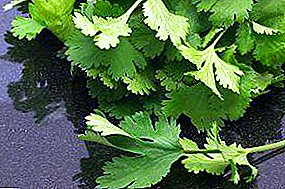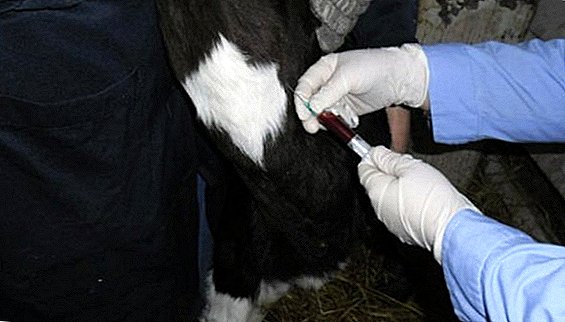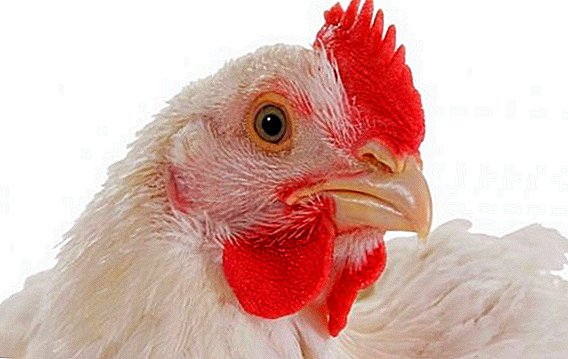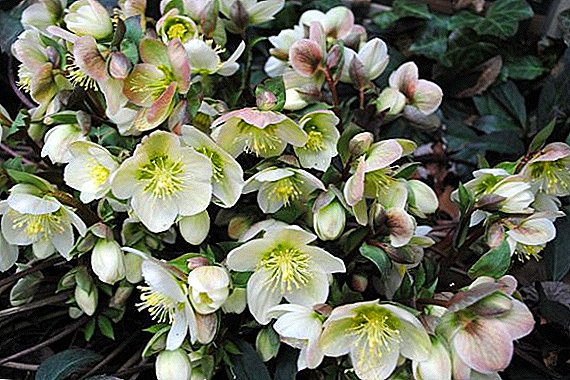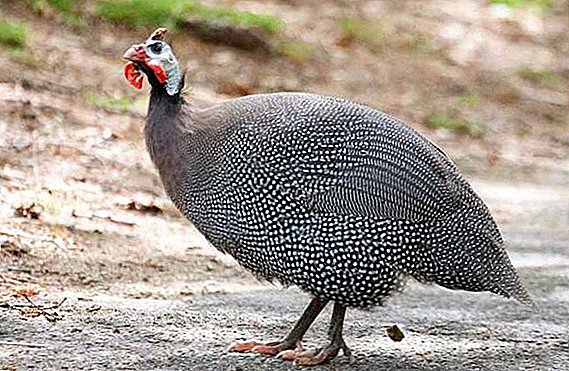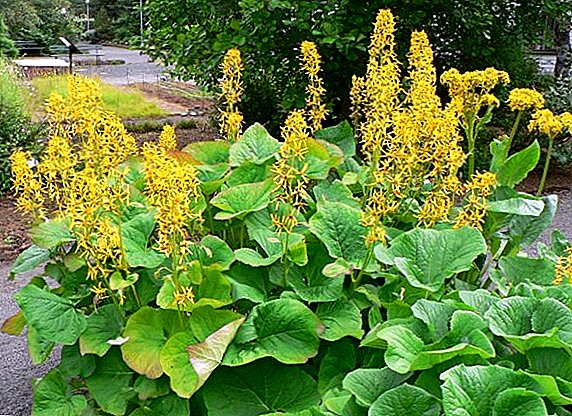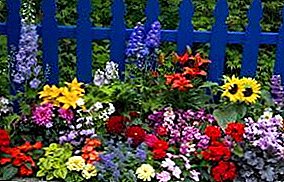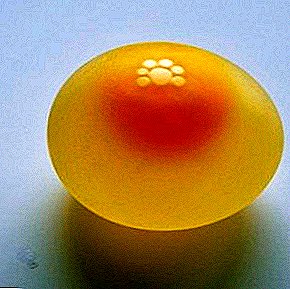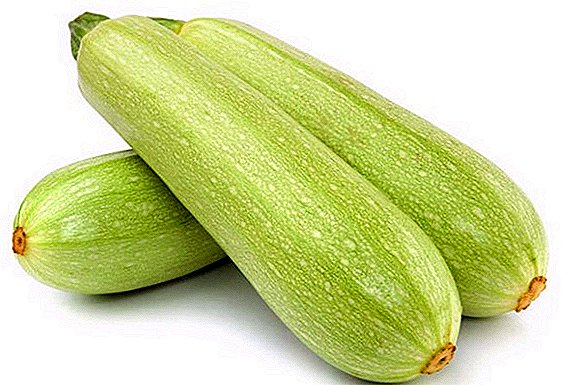 In recent years, the Iskander F1 squash is gaining more and more popularity. It has characteristics that are beneficial for both agricultural enterprises of industrial scale and amateur farmers.
In recent years, the Iskander F1 squash is gaining more and more popularity. It has characteristics that are beneficial for both agricultural enterprises of industrial scale and amateur farmers.
Characteristic variety
In their description, the Iskander zucchini has many indicators that distinguish them favorably from their counterparts.
Appearance and Description
Zucchini "Iskander F1" can be described as a light green cylindrical fruit with dense white flesh. The trade mass of each of them reaches an average 0.5 kg in weight and 25 cm in length. In order for the zucchini to have a beautiful even shape, the branches of the bushes should be tied up. Bushes are compact, not sprawling.

The activity and duration of fruiting
When describing the Iskander variety, one cannot but mention that its main characteristic is productivity. Shrubs begin to bear fruit about forty-two days after emergence and continue until the very first frost. This hybrid will allow its owner to receive the harvest not once, but two or even three times per season. With one bush you can get up to 17 kg of zucchini.
Important! Yield indicators for the Iskander F1 zucchini varieties are truly huge - more than 9 tons per hectare.
What is the harm and benefit of this variety?
The fruits of these zucchini have a pleasant and delicate flavor. This allows you to use them in food, not only after heat treatment, but also in fresh form. They are perfectly absorbed by the body and have a beneficial effect on digestion. They consist of many mineral salts, vitamins C, B1, B2, carotene. The good news for the fair sex is that Iskander fruits are low in calories.
Read about the beneficial properties of zucchini zucchini, as well as varieties and intricacies of growing vegetables.

Extracts, concentrates and serums made from squash seeds are widely used in the care cosmetics industry. However, it should be noted that zucchini contains a large amount of potassium and is undesirable for people with kidney disease.
Important! Since the grade "Iskander F1" is a hybrid, to obtain from it seeds capable of reproduction, does not make sense.
Agrotechnology
Squashes "Iskander" very unpretentious with respect to soil and care. But still it is worth getting acquainted with some tips and recommendations for their cultivation.
Seed preparation and germination
The cultivation of the Iskander zucchini can be carried out by direct planting in the ground or by means of seedlings. They can be planted both in the open air and under an additional film canopy. Before sowing, seeds should be soaked in wet matter, for example, gauze. It improves and accelerates their germination.
Seedlings can also grow cabbage, tomatoes, onions, beets, eggplants, peppers, cucumbers, parsnips.

One of the ways to prepare seeds for planting is to soak them in wet sawdust. Soak the seeds need a few days at room temperature. Spring frosts can destroy the early shoots, and therefore sowing should begin no earlier than the second half of April.
Did you know? Initially, in Europe, zucchini bred solely for decorative purposes because of the beauty of their flowers.
Landing
For planting seeds, it is necessary to prepare in advance the wells to a depth of 6 cm at a distance of approximately 60 cm from each other. This distance will not allow the bushes to take away from each other nutrients and water. In each hole, you must first fill the organic dressing.
In each "nest" you can plant up to 2-4 seeds and after germination, select the strongest and largest of the shoots. It should also be noted that the best predecessors at the site of planting will be tomatoes, legumes, potatoes or radishes, the worst - pumpkin.

Important! Seeds have a shelf life and after a certain time they lose the ability to grow.
Watering and care
Soil for growing zucchini "Iskander" should be soft and friable, sandy or loamy. Their growth can make it difficult to have close groundwater or excessive acidity of the earth. In the second case, for soil deoxidation, liming of the soil should be made.
In wet climates, watering can be done once a week, and in arid climate, once every two or three days.
Learn about the reasons for the appearance of barren flowers on zucchini.
Further care is also not difficult. It is necessary to loosen the soil regularly, add organic fertilizers. It is important that they do not contain chlorine. Growing this variety is especially good in warm, moist soil. To attract insects for pollination of bushes should be sprayed with a solution of water and sugar or boric acid. This will increase the harvest of zucchini.
Did you know? Regular consumption of zucchini improves hair resistance to gray hair.
Pests and Disease Varieties
Another of the amazing characteristics of the Iskander variety is its unique resistance to many diseases and pests plants. In particular, these zucchini have a special resistance to powdery mildew and anthracnose. So in the case of growing Iskander, at least these items can be excluded from the list of concerns.
Zucchini can make a lot of tasty preparations for the winter.
Harvesting
Sort "Iskander F1" characterized by very early harvest. Its first fruits can be collected at the end of spring or early summer. It depends solely on when the landing was made. In ripe fruit, the peel becomes firmer and has a barely noticeable waxy coating. When tapping, the fruit responds with a characteristic thud. Assembled harvest is stored up to five months.

Squashes "Iskander F1" are an excellent example of how, without straining your back in the beds, to get a decent harvest. They have many positive characteristics with minimal flaws. "Iskander" is the perfect choice for your garden.


